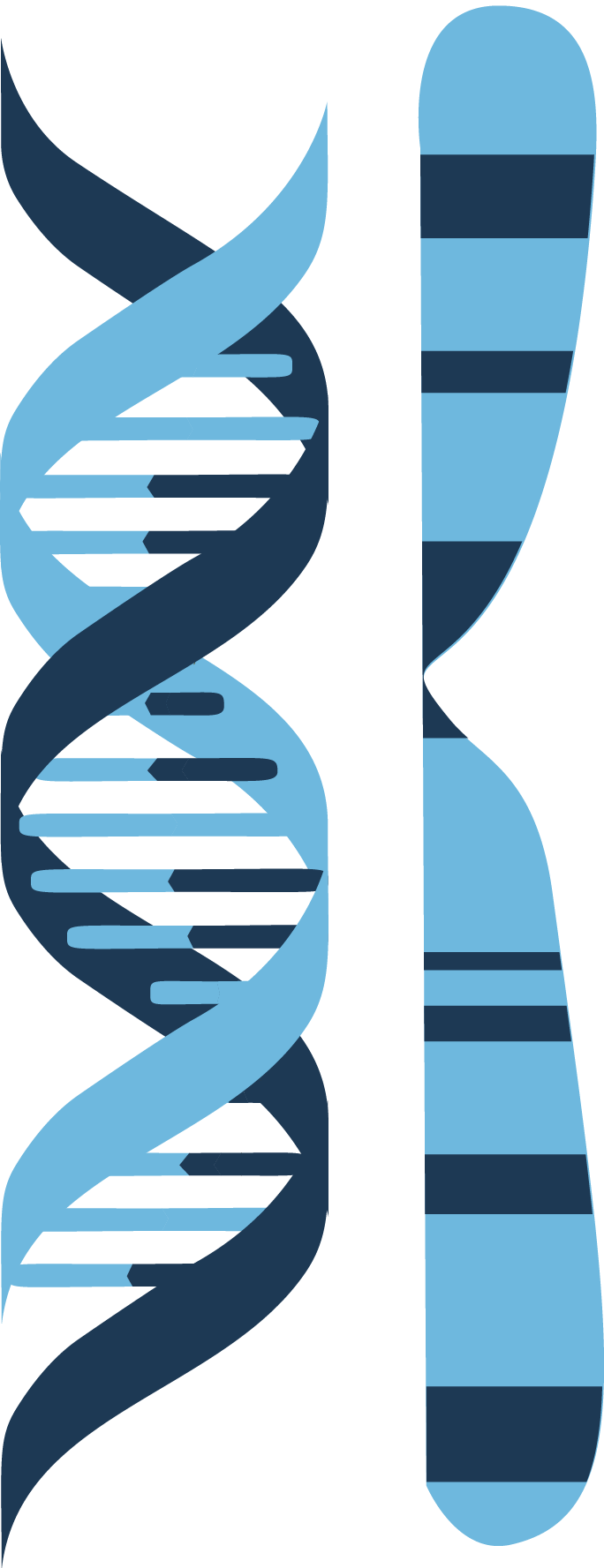 Mitelman Database
Mitelman Database
The information in the Mitelman Database of Chromosome Aberrations and Gene Fusions in Cancer relates
cytogenetic changes and their genomic consequences, in particular gene fusions, to tumor characteristics, based
either on individual cases or associations. All the data have been manually culled from the literature by Felix
Mitelman in collaboration with Bertil Johansson and Fredrik Mertens.
Search
The Cases Cytogenetics Searcher allows you to
query the individual patient cases using fields such as the aberration, breakpoint, morphology, and
topography. The Advanced Search option permits a more detailed search of the same
individual patient cases by including more cytogenetic field choices and adding search fields for patient
characteristics and references.
The calculated genomic imbalance data for each karyotype is now available, along with a feature to calculate the overall imbalances within the search result.
The calculated genomic imbalance data for each karyotype is now available, along with a feature to calculate the overall imbalances within the search result.
The Gene Fusions Searcher finds studies pertaining
to gene rearrangements, in particular gene fusions, detected either as a consequence of cytogenetic
aberrations or identified by sequencing. It does not search any of the individual patient cases. The
chromosome abnormalities giving rise to gene fusions identified through RNA sequencing are by default
designated as translocations (t), unless shown to arise by other types of chromosome rearrangements (del,
dup, ins, inv).
The Clinical Associations Searcher
searches studies
pertaining to clinical associations of cytogenetic aberrations and/or gene rearrangements. It does not
search
any of the individual patient cases.
The Recurrent Chromosome Aberrations Searcher
provides a way to
search for structural and numerical abnormalities that are recurrent, i.e., present in two or more cases
with
the same morphology and topography.
The References Searcher queries only the
references themselves, i.e.,
the references from the individual cases and the molecular biology and clinical associations.